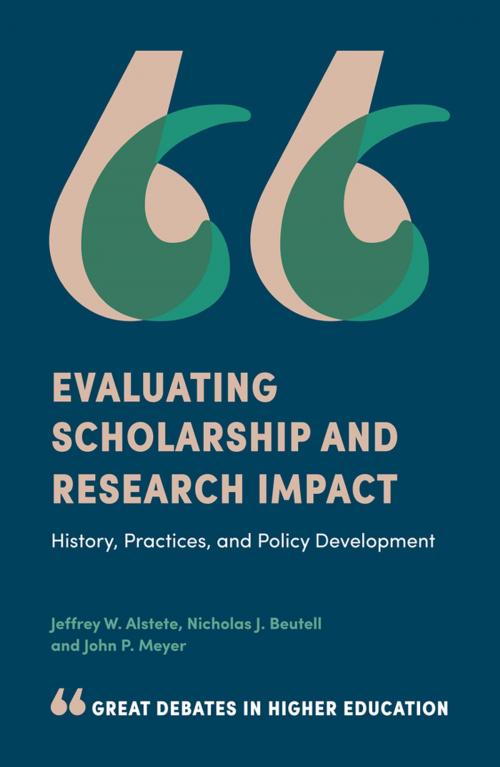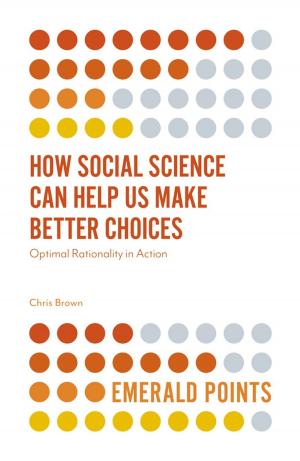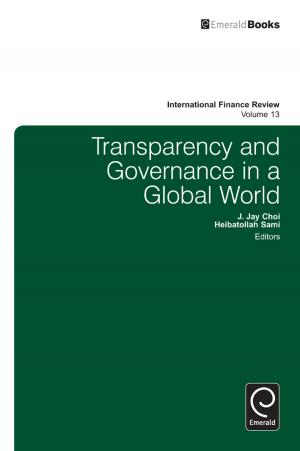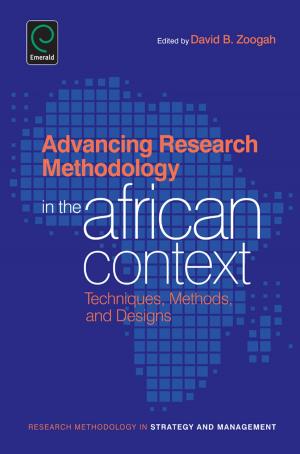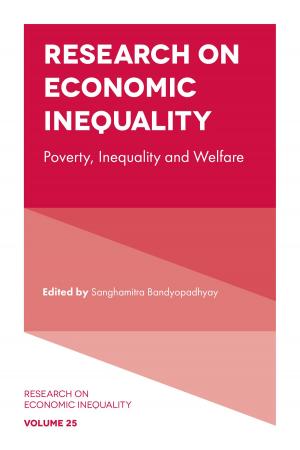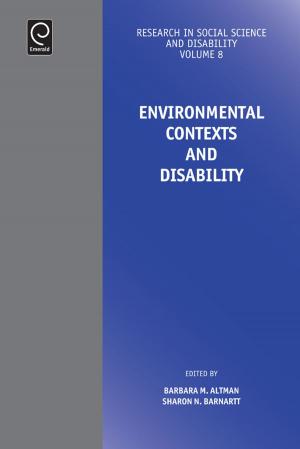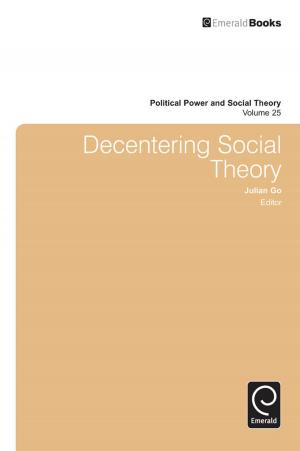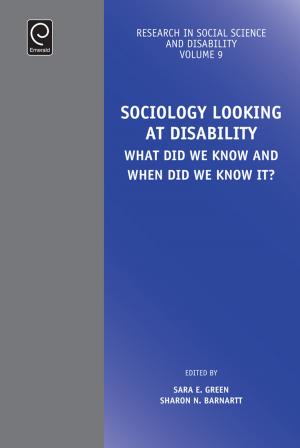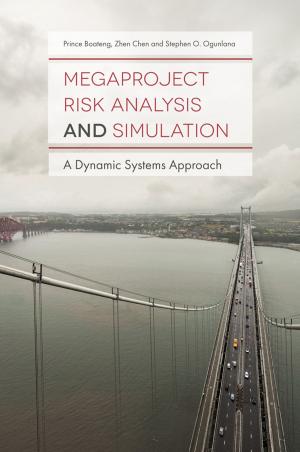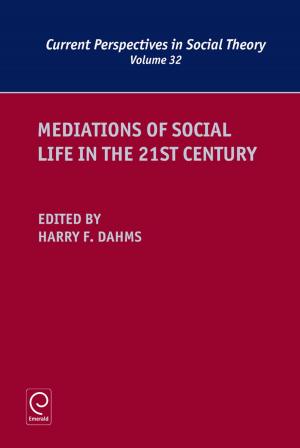Evaluating Scholarship and Research Impact
History, Practices, and Policy Development
Nonfiction, Reference & Language, Education & Teaching, Higher Education, Reference| Author: | Jeffrey W. Alstete, Nicholas J. Beutell, John P. Meyer | ISBN: | 9781787563896 |
| Publisher: | Emerald Publishing Limited | Publication: | June 26, 2018 |
| Imprint: | Emerald Publishing Limited | Language: | English |
| Author: | Jeffrey W. Alstete, Nicholas J. Beutell, John P. Meyer |
| ISBN: | 9781787563896 |
| Publisher: | Emerald Publishing Limited |
| Publication: | June 26, 2018 |
| Imprint: | Emerald Publishing Limited |
| Language: | English |
Faculty members, scholars, and researchers often ask where they should publish their work; which outlets are most suitable to showcase their research? Which journals should they publish in to ensure their work is read and cited? How can the impact of their scholarly output be maximized?
The answers to these and related questions affect not only individual scholars, but also academic and research institution stakeholders who are under constant pressure to create and implement organizational policies, evaluation measures and reward systems that encourage quality, high impact research from their members. The explosion of academic research in recent years, along with advances in information technology, has given rise to omnipresent and increasingly important scholarly metrics. These measures need to be assessed and used carefully, however, as their widespread availability often tempts users to jump to improper conclusions without considering several caveats. While various quantitative tools enable the ranking, evaluating, categorizing, and comparing of journals and articles, metrics such as author or article citation counts, journal impact factors, and related measures of institutional research output are somewhat inconsistent with traditional goals and objectives of higher education research and scholarly academic endeavors.
This book provides guidance to individual researchers, research organizations, and academic institutions as they grapple with rapidly developing issues surrounding scholarly metrics and their potential value to both policy-makers, as evaluation and measurement tools, and individual scholars, as a way to identify colleagues for potential collaboration, promote their position as public intellectuals, and support intellectual community engagement.
Faculty members, scholars, and researchers often ask where they should publish their work; which outlets are most suitable to showcase their research? Which journals should they publish in to ensure their work is read and cited? How can the impact of their scholarly output be maximized?
The answers to these and related questions affect not only individual scholars, but also academic and research institution stakeholders who are under constant pressure to create and implement organizational policies, evaluation measures and reward systems that encourage quality, high impact research from their members. The explosion of academic research in recent years, along with advances in information technology, has given rise to omnipresent and increasingly important scholarly metrics. These measures need to be assessed and used carefully, however, as their widespread availability often tempts users to jump to improper conclusions without considering several caveats. While various quantitative tools enable the ranking, evaluating, categorizing, and comparing of journals and articles, metrics such as author or article citation counts, journal impact factors, and related measures of institutional research output are somewhat inconsistent with traditional goals and objectives of higher education research and scholarly academic endeavors.
This book provides guidance to individual researchers, research organizations, and academic institutions as they grapple with rapidly developing issues surrounding scholarly metrics and their potential value to both policy-makers, as evaluation and measurement tools, and individual scholars, as a way to identify colleagues for potential collaboration, promote their position as public intellectuals, and support intellectual community engagement.
